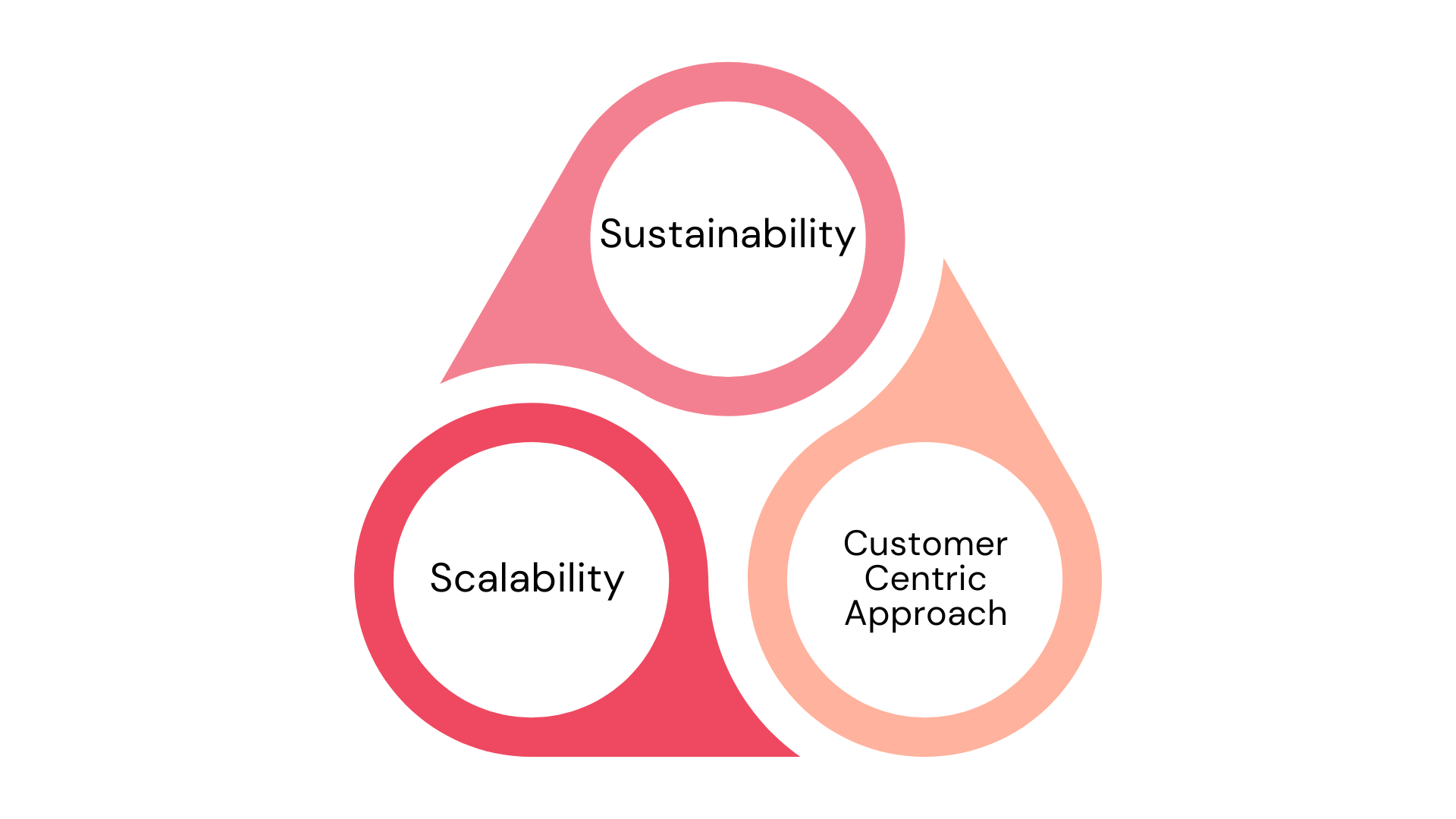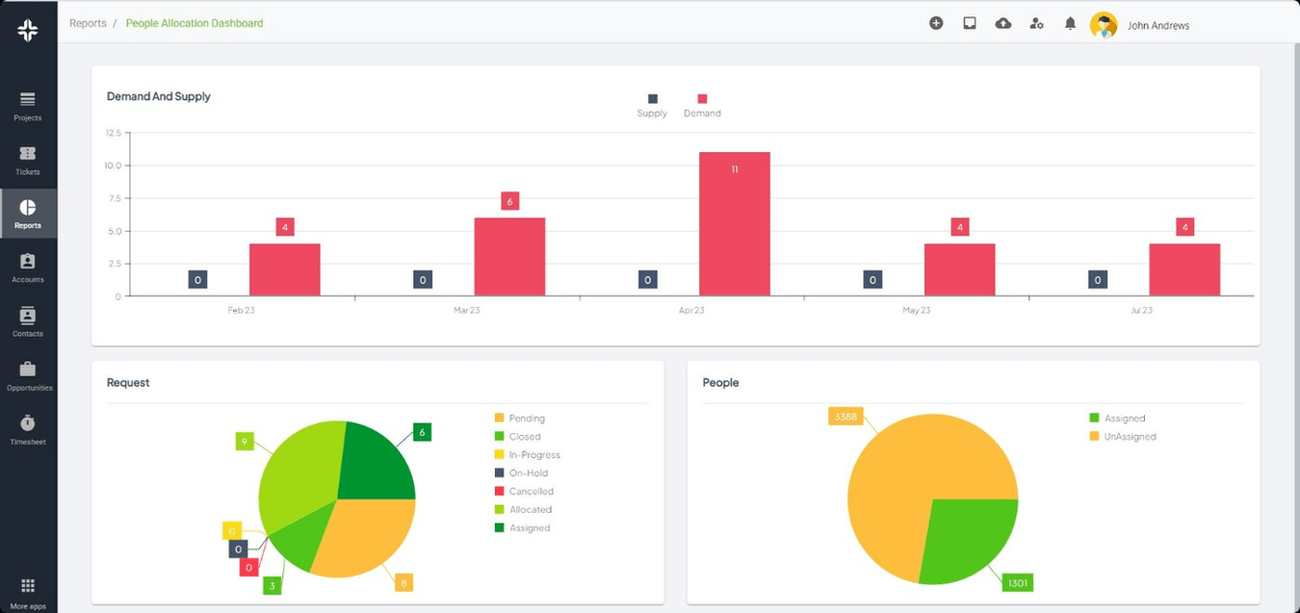Home » PSApedia
Productive Utilization
Enhance Efficiency and Profits with Productive Utilization Strategies. Explore the Key to Success!

What Is Productive Utilization?
Productive utilization means using resources efficiently to achieve desired outcomes or create value. It encompasses the effective and efficient allocation of these resources to produce goods, services, or results.
Efficient utilization of resources involves making the most out of each resource by ensuring that it is used in the most effective way possible. This can include strategies such as streamlining processes, eliminating unnecessary steps, and optimizing workflows. By doing so, organizations can reduce the amount of time, effort, and resources required to produce a desired outcome.
Key aspects of Productive Utilization
Productive utilization involves optimizing the use of various resources, including human resources, equipment, materials, time, and capital, to achieve goals efficiently.
Productive utilization aims to maximize the quantity and quality of output, whether it’s in the form of goods, services, or outcomes.
It considers the effective use of production capacity or available resources, ensuring they are neither underutilized nor overburdened.
Why Productive Utilization is so important?
Efficient resource utilization reduces wastage and unnecessary costs. It allows organizations to achieve their goals with fewer resources, which can lead to significant cost savings.
It directly impacts profitability. By minimizing operational inefficiencies, organizations can improve their profit margins and overall financial performance.
Productive utilization often results in improved product or service quality, faster delivery times, and better customer experiences. Satisfied customers are more likely to be loyal and recommend the organization to others.

Why Productive Utilization is so important?
How to calculate Productive Utilization?
Calculating productive utilization involves measuring the efficiency and effectiveness of resource utilization in achieving specific goals or outcomes. Here’s a general approach:
Step 1: Define Goals and Objectives
Before calculating productive utilization, clearly define the goals and objectives you want to measure. These could relate to production output, service delivery, project completion, or any other area where resources are employed.
Step 2: Identify Relevant Resources
Determine the key resources or factors of production that are essential for achieving the defined goals and objectives. These resources could include labor (employees), machinery, materials, time, and capital.
Step 3: Measure Resource Input
Quantify the amount or quantity of each resource used in the process or activity. For example, if you’re measuring the productivity of a manufacturing process, you might measure the number of labor hours, the quantity of raw materials used, and the cost of machinery.
Step 4: Measure Output or Outcomes
Measure the output or outcomes achieved as a result of resource utilization. This could be in the form of products manufactured, services delivered, projects completed, revenue generated, or any other relevant metric.
Step 5: Calculate Productive Utilization
The formula for calculating productive utilization can vary depending on the specific context and the resources involved. In general, you can use the following formula:
Productive Utilization = (Output or Outcome / Resource Input) X 100%
What Is the Difference Between Productive utilization vs capacity utilization?
| Productive Utilization | Capacity Utilization |
|---|---|
| Productive utilization primarily measures how efficiently and effectively resources are used to achieve specific goals or outcomes. It emphasizes the relationship between resource input and output or outcomes. | Capacity utilization focuses specifically on the extent to which an organization’s production capacity or available resources are being used at a given point in time. |
| Labor productivity, machine utilization, project efficiency, and production efficiency are examples of metrics related to productive utilization. | Machine capacity utilization, factory capacity utilization, and workforce capacity utilization are examples of metrics related to capacity utilization. |
How Is Productive utilization Used?
Productive utilization is used to assess how efficiently resources are being used in various processes or operations. It helps organizations identify inefficiencies and opportunities for improvement.
It serves as a key performance indicator (KPI) to measure the effectiveness of resource allocation and utilization in achieving desired outcomes. Organizations use productive utilization data to identify bottlenecks, streamline processes, and eliminate waste, ultimately improving overall efficiency.
By optimizing resource allocation and reducing wastage, organizations can lower operational costs and improve profitability. In workforce management, productive utilization measures employee productivity and helps organizations make staffing decisions based on demand and workload.
Organizations use resource allocation to make effective decisions. This involves prioritizing projects, budgeting, and assigning resources. The decisions are based on the potential impact and usage of the resources. Organizations use productive utilization to ensure that resource allocation aligns with customer needs and preferences, leading to improved customer satisfaction.
Ready to Enhance Your Productive utilization with KEBS?
Optimizing resource utilization is a critical aspect of achieving efficiency and effectiveness in your organization’s operations. KEBS (PSA) software, is designed to empower you in this endeavor.
KEBS resource management tools have a unique feature that sets them apart from others in the market. They can monitor resource usage in real-time. This means that businesses using KEBS tools can always know how their resources are being used.

KEBS Resource Management
Real-time monitoring is important for businesses because it helps them understand how they allocate and use their resources. The ability to optimize resource allocation strategies is a significant advantage for businesses using KEBS resource management tools.
Book a Demo Today!



